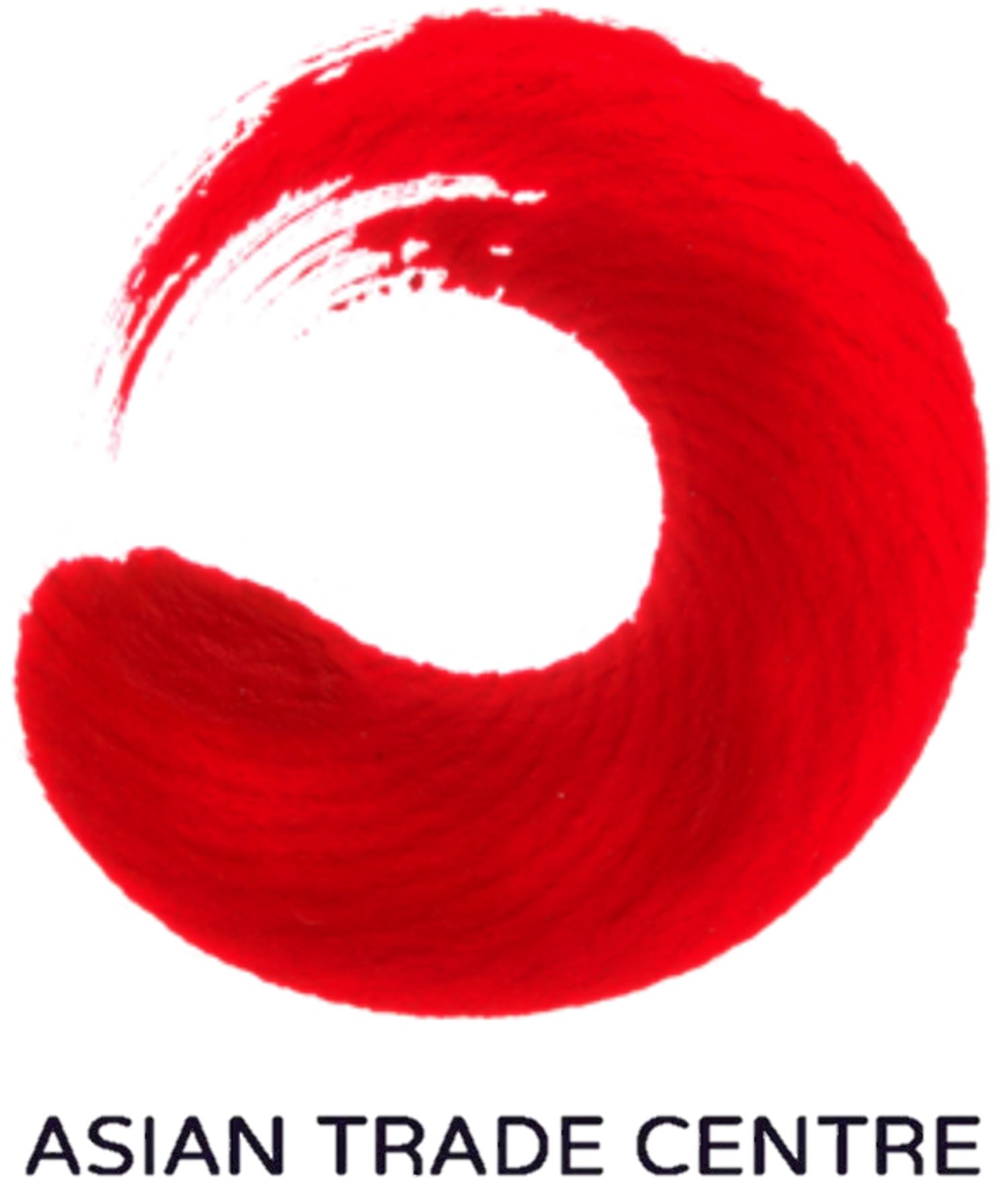In Asia, especially, many people are also puzzled about how dumping is determined. After all, costs in this region are much lower than costs in North America. If you are just comparing costs of production, Asia could be found “guilty” all the time of dumping. Ah—this gets to an interesting problem with trade remedies. The methods used for determining “guilt” are, indeed, a major issue. When the US argues that it will engage in tougher enforcement, part of what it means is that it will more aggressively pursue trade remedies. Officials will crack down on firms assumed to be dumping stuff into the American market. Expect to hear a lot more about AD and CVD in the coming weeks and months, including more new and novel ways to interpret trade remedies with potentially serious implications for firms.
“Moderating” on Trade in Washington? Don’t Bet on It Yet
There is a reason that such trade tools have not been used by the United States for decades. Section 232 was first drafted in 1962 for use during the Cold War. It joins a long line of dusty laws that allow an economic nationalist in the White House to do many deeply damaging things in trade. Trump's Executive Order reviewing the "Buy American, Hire American" issued on April 17, 2017, fits within this overall mindset as well. The sigh of relief over the relatively benign nature of the first 90 days in office from the Trump administration may be due to a lack of understanding of what is behind relatively anodyne sentences on the page. The economic nationalists haven’t gone away. They’ve maybe just gotten smarter at packaging.
